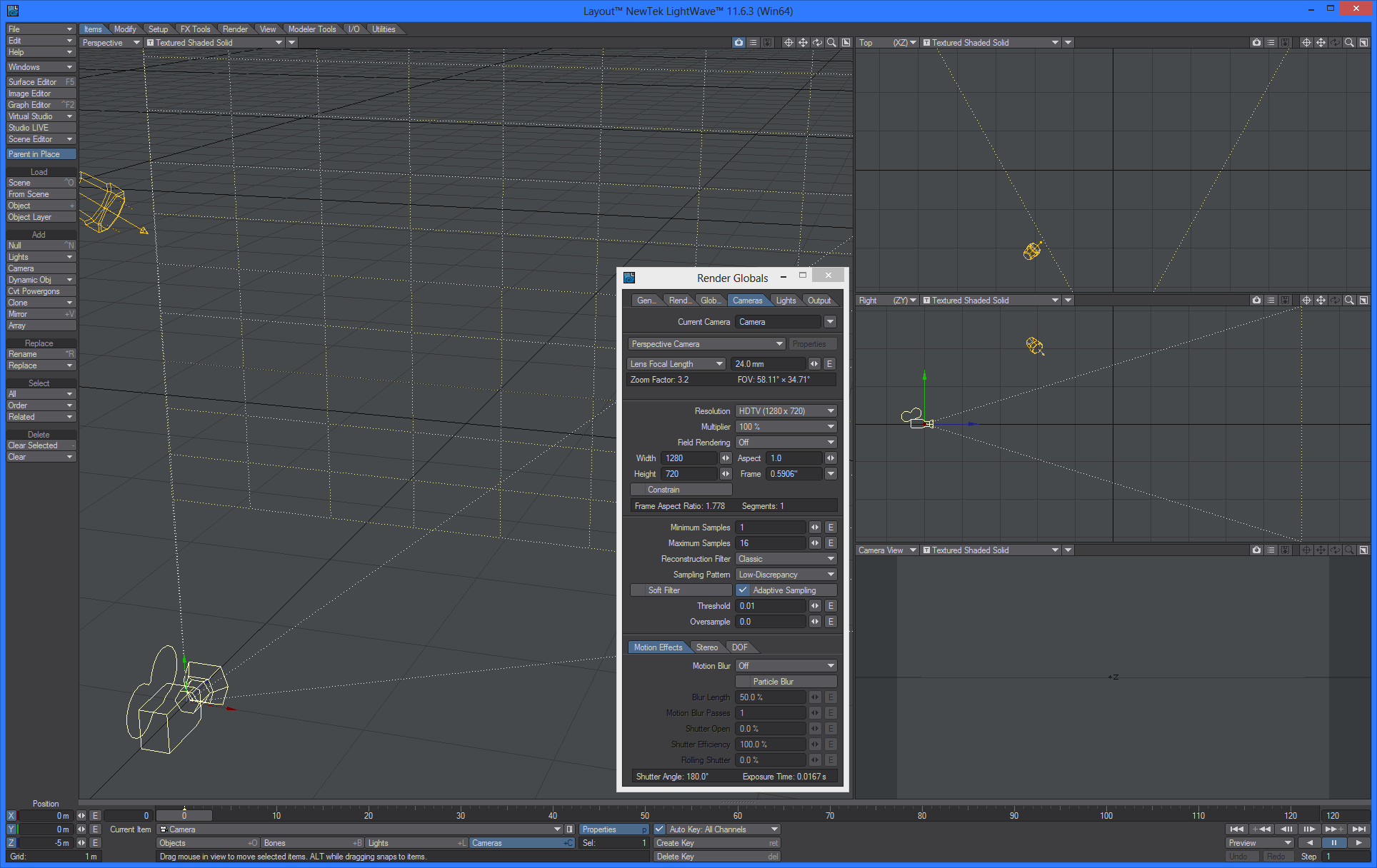
The color of the objects that we see is largely due to the way those objects interact with light and ultimately reflect or transmit it to our eyes. Such frequencies of light are said to be reflected. Rather the electrons of atoms on the material's surface vibrate for short periods of time and then reemit the energy as a reflected light wave. If the object is opaque, then the vibrations of the electrons are not passed from atom to atom through the bulk of the material. Such frequencies of light waves are said to be transmitted. If the object is transparent, then the vibrations of the electrons are passed on to neighboring atoms through the bulk of the material and reemitted on the opposite side of the object. But instead of vibrating in resonance at a large amplitude, the electrons vibrate for brief periods of time with small amplitudes of vibration then the energy is reemitted as a light wave.

When light waves of these frequencies strike an object, the electrons in the atoms of the object begin vibrating. Reflection and transmission of light waves occur because the frequencies of the light waves do not match the natural frequencies of vibration of the objects. Visible Light Reflection and Transmission Since different atoms and molecules have different natural frequencies of vibration, they will selectively absorb different frequencies of visible light. So the selective absorption of light by a particular material occurs because the selected frequency of the light wave matches the frequency at which electrons in the atoms of that material vibrate. Subsequently, the light wave with that given frequency is absorbed by the object, never again to be released in the form of light. During its vibration, the electrons interact with neighboring atoms in such a manner as to convert its vibrational energy into thermal energy. (This is merely another example of the resonance principle introduced in Unit 11 of The Physics Classroom Tutorial.) If a light wave of a given frequency strikes a material with electrons having the same vibrational frequencies, then those electrons will absorb the energy of the light wave and transform it into vibrational motion.

When a light wave with that same natural frequency impinges upon an atom, then the electrons of that atom will be set into vibrational motion. Similar to a tuning fork or even a musical instrument, the electrons of atoms have a natural frequency at which they tend to vibrate. The electrons and their attached springs have a tendency to vibrate at specific frequencies. It is often useful to think of these electrons as being attached to the atoms by springs. In this section of Lesson 2 we will discuss how and why light of certain frequencies can be selectively absorbed, reflected or transmitted.Ītoms and molecules contain electrons. The manner in which visible light interacts with an object is dependent upon the frequency of the light and the nature of the atoms of the object. Another object might selectively transmit blue light while absorbing all other frequencies of visible light. That is, one object might reflect green light while absorbing all other frequencies of visible light. When this occurs, objects have a tendency to selectively absorb, reflect or transmit light certain frequencies. While it does happen, it is more usual that visible light of many frequencies or even all frequencies is incident towards the surface of objects. Rarely however does just a single frequency of light strike an object.


And the light wave could be transmitted by the object. The light wave could be reflected by the object. The light wave could be absorbed by the object, in which case its energy is converted to heat. When a light wave with a single frequency strikes an object, a number of things could happen. We have previously learned that visible light waves consist of a continuous range of wavelengths or frequencies.


 0 kommentar(er)
0 kommentar(er)
